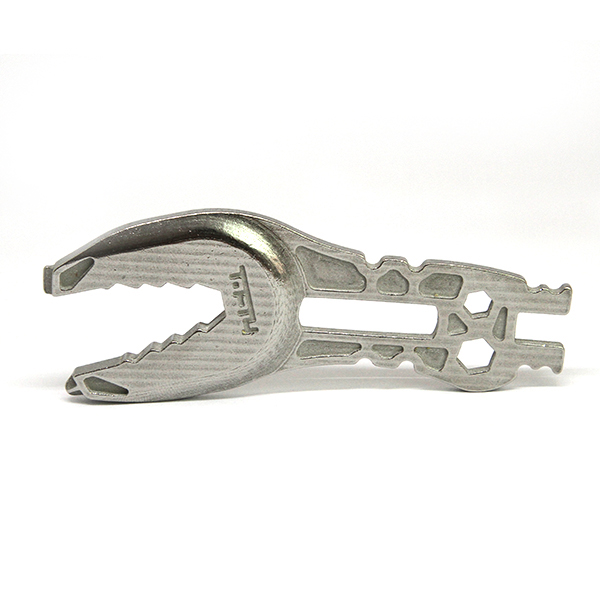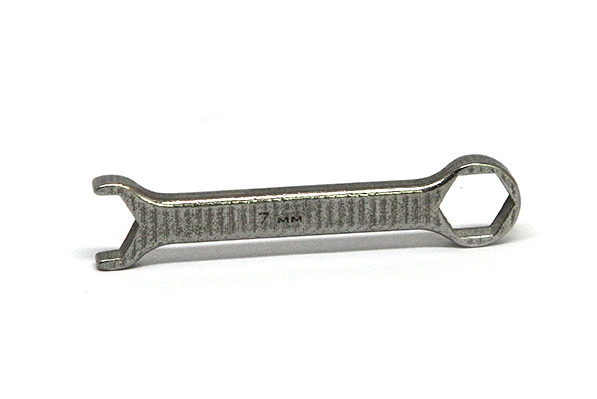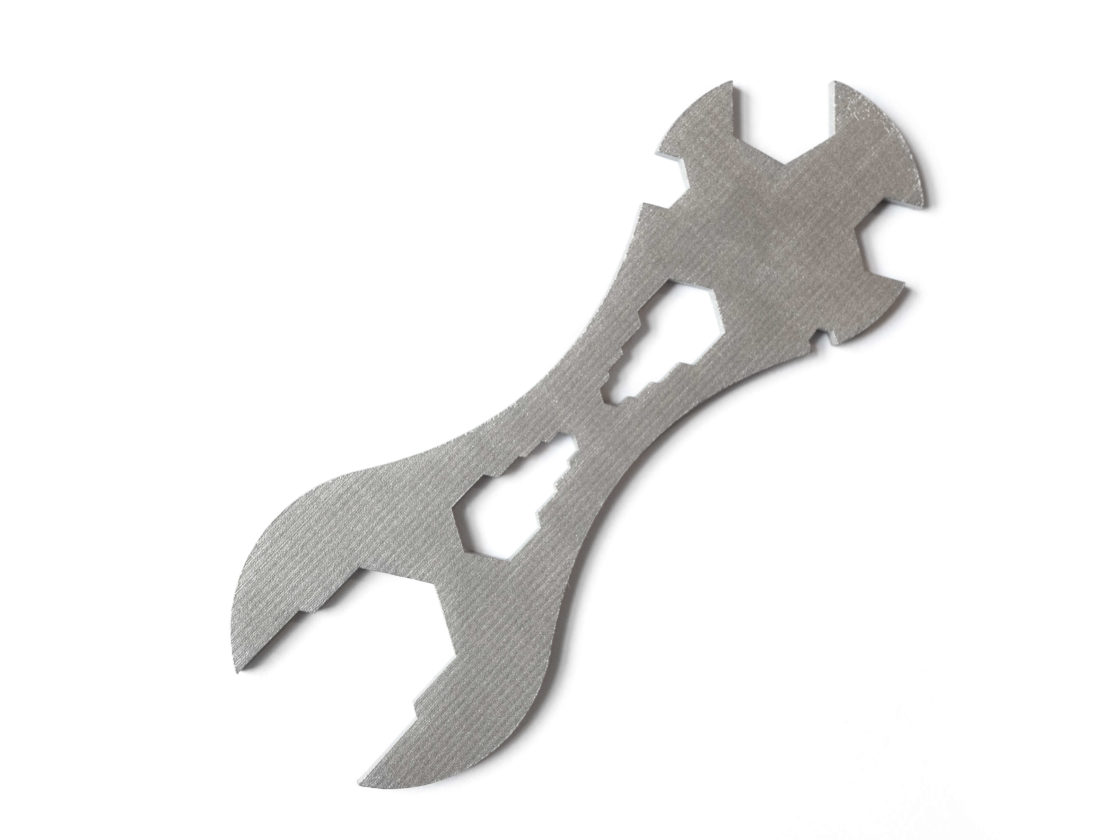
Traditional manufacturing methods like Injection Molding can be critical to robust production of industrial parts. Seeking maximum speed and output, manufacturers turning to Injection Molding must first decide whether to use hard or soft tooling, review the design, size, and volume to begin.
What is Tooling in Manufacturing?
A typical tooling definition for industrial manufacturing refers to procuring all the parts and machinery necessary to complete a production run. No matter what the industry, machine tooling is the process that allows for the design, cutting, and shaping of materials used to make industrial parts.
Quality tooling leads to quality in parts. When the focus is on quality, 3D printed tooling is a common option for creating jigs, fixtures, and molds. Tooling is frequently used in prototyping, allowing manufacturers to make parts and test them for form and fit. This allows project members to give feedback during the iteration process.
Additive manufacturing plays a large role in this process today; for example, although a manufacturer can machine an aluminum mold, 3D printed injection mold tooling can be made exponentially faster without lead time, offering high resolution and overall exceptional quality.
For traditional manufacturing, tooling is critical to the production of end-use parts. Once the prototyping process is completed, parts can be created efficiently in large quantities.

Soft Tooling vs. Hard Tooling
Delineating soft tool vs. hard tool is a matter of the materials used, easily defined by the terminology. Soft tooling relies on creating a master pattern for a tool with flexible materials like silicone, while hard tooling relies on metal materials like Aluminum or Stainless Steel. In choosing one over the other, manufacturers tend to use soft tooling for prototyping via Urethane Casting, offering great surface finish, accuracy in detail, and swift turnaround for project deadlines. Shapeways 3D prints silicone molds which can also be manufactured traditionally with materials like carbon.
Soft tooling is predominant in use cases like making models for testing, client presentations, and small batches of products–for a client to introduce to their customer base or pilot program. Small production runs make it easier to customize parts and make changes easily. Lead times are shortened with soft-tooling, and it is a better option for projects with limited budgets but with the need for speed in production. 3D printing in tooling makes it even easier to meet such goals.
With hard tooling, there may be greater expense upfront, but tools like molds tend to last longer–in comparison to soft tools that expire more quickly; in fact, it may not be possible to use them for more than 50 production runs. Hard tooling pays off as a good investment for larger volumes, despite the need for post-processing and further treatment after manufacturing.
Applications for both soft and hard tooling could include nearly anything industrial, with large volumes of parts manufactured in aerospace, automotive, electronics, and medical.

Traditional Manufacturing with Shapeways
Shapeways offers a variety of options for Injection Molding, whether tooling requires the use of metal or other materials, and industrial machine tools are used to make molds for manufacturing high-performance parts. Versatility in manufacturing is always important, leading processes like Urethane Casting to continue trending upward in popularity.
With a technique like urethane casting, manufacturers enjoy the ability to make a wide range of molds without being restricted to the expense and time-consuming process of making metal molds, typically more suitable for mass production.
“The vast material selection available for Urethane Casting is a great benefit,” said Thomas Murphy, Senior Product Manager, Physical Products at Shapeways. “This technology provides many material options for functional, durable parts as well as offering colors not always available in additive manufacturing.”
Additional traditional manufacturing options with Shapeways include:
- CNC Machining – Shapeways relies on powerfully automated CNC machines. Parts are constructed through the removal of material–subtractive manufacturing–to create a part.
- Sheet Metal – Numerous traditional manufacturing processes are used to create durable, high-quality metal structures.
- Vacuum Casting – A vacuum draws liquid into a 3D printed mold, where it solidifies–resulting in the desired structure.
About Shapeways
Enjoy the benefits of this advanced technology and a wide range of materials from Shapeways for 3D printing your creations with accuracy, complex detail, and no minimum or limits in terms of mass customization or single part orders. Shapeways has worked with over 1 million customers in 160 countries to 3D print over 21 million parts! Read about case studies, find out more about Shapeways additive manufacturing solutions, and get instant quotes here.

